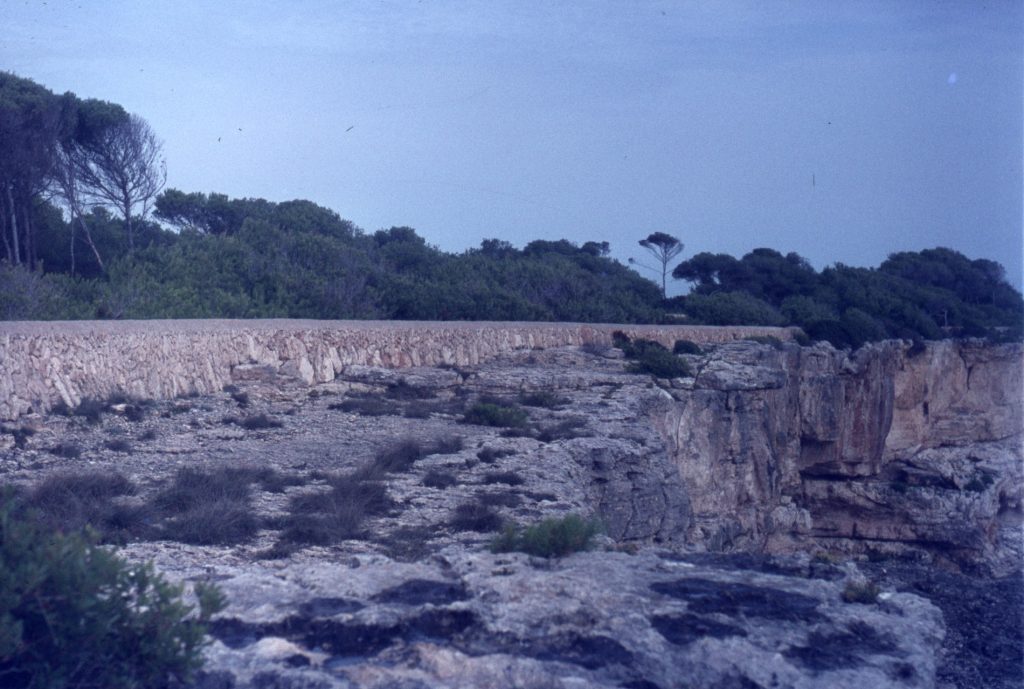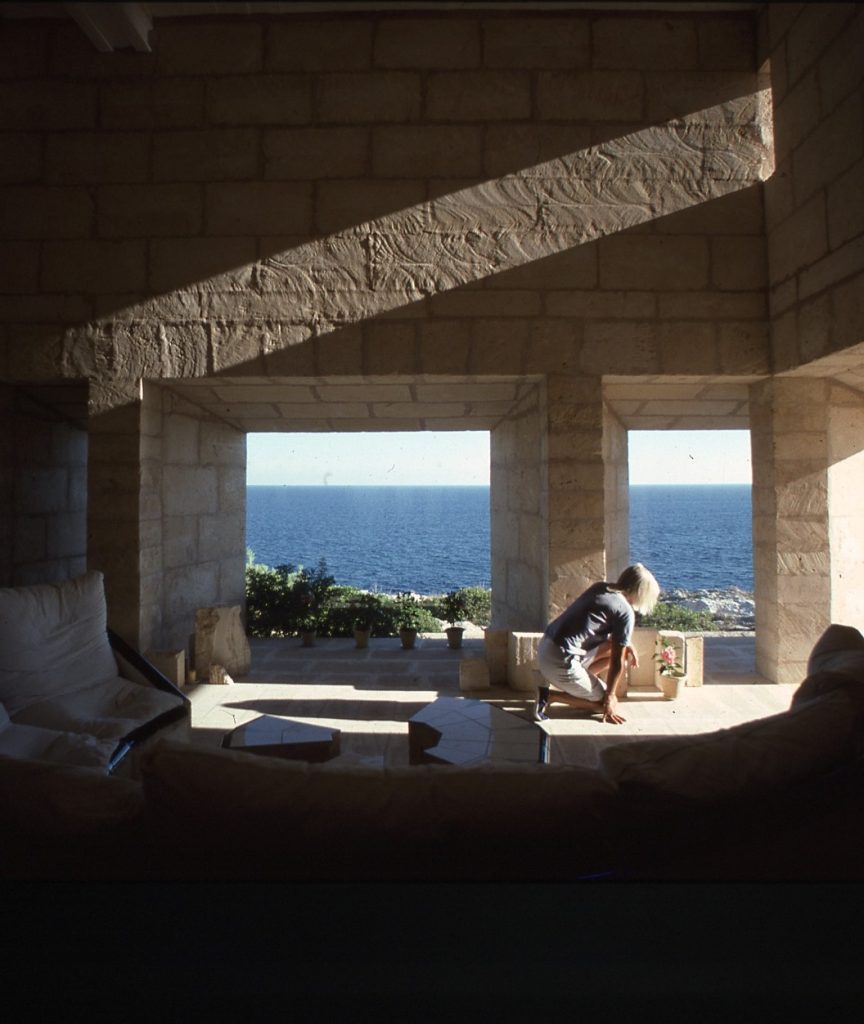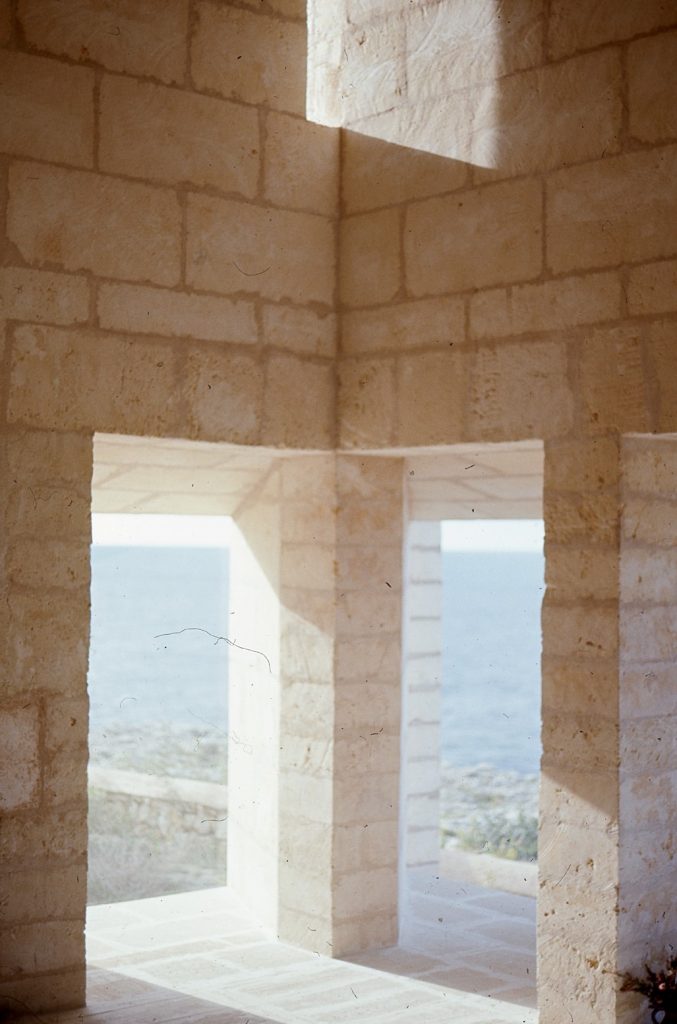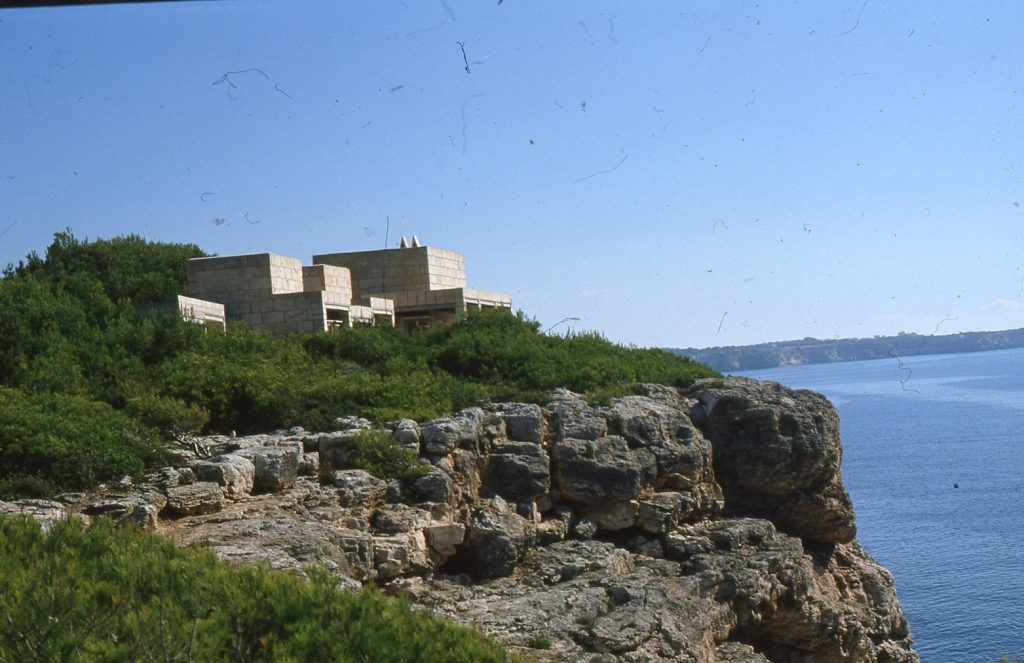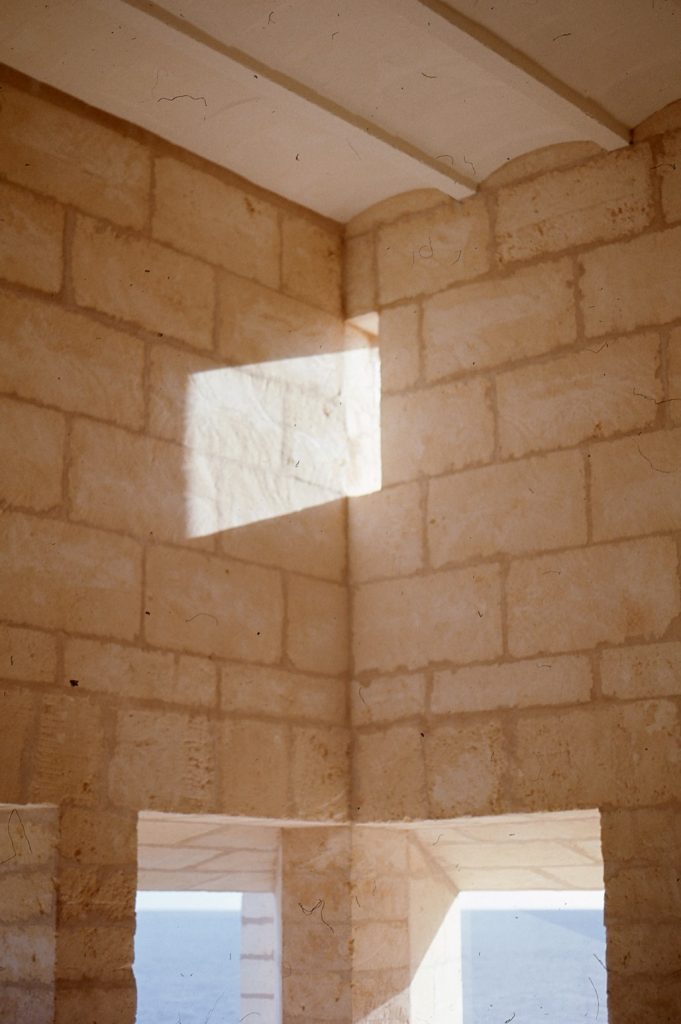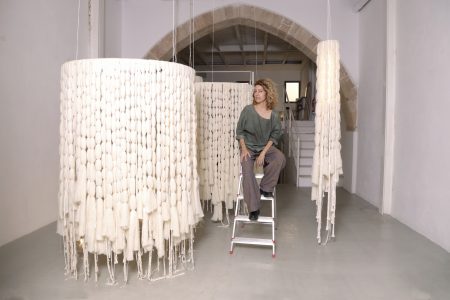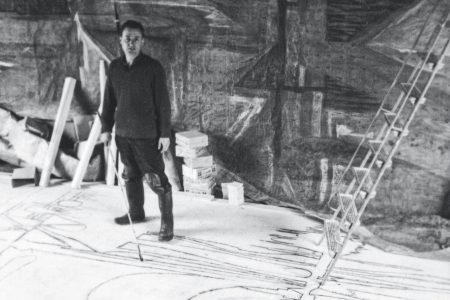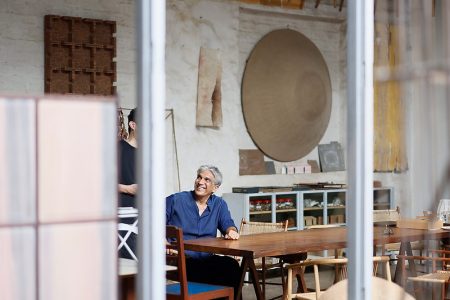Can Lis: Mallorca
Little known to many who visit the island of Mallorca for sea and sun, is that the island was once home to one of modernism’s leading architects, Jørn Utzon.
Perched on a cliff and surrounded by pine trees at the south-eastern edge of Mallorca, sits Can Lis, the former home of pioneering, Danish architect, Jørn Utzon, and his family. The house was built in 1972, just following the completion of the Sydney Opera House, perhaps Utzon’s most well-known project, but an experience that was quite long and rather contentious. While the Sydney Opera House was lauded for its use of innovative technologies as much as for its soaring design, Can Lis is revered for its humble efficiency, a house that truly integrates with its surroundings in both material and form. Using the local mares stone, a soft, beige-peach-coloured stone, local tiles, cement beams, and little else, Can Lis can be seen as a recalibration of sorts, a way perhaps for Utzon to have rebooted creatively after what must have been a rather intense experience. Can Lis has been referred to as ‘temple-like’ with its series of 4 pavilions, geometric layout, and open plan architecture that is built towards the sea—everything here opens up to the vast, blue Mediterranean that expands outwards at every turn.
The house feels very unassuming at first glance, hidden among some old, gnarled pine trees off an otherwise unremarkable road. But that feeling quickly shifts once you are standing in the entryway, where one is greeted by the shape of a crescent moon which has been cut out of the stone, along with a frieze of abstract blue and white tiling meant to represent the phases of the moon. If Can Lis is a temple, it’s a temple dedicated to Nature—from this poetic entryway to the unsuspecting rectangular window high up in the living room wall that was made to capture a ray of sunlight at a certain time every day. Nearly everything is built-in—from the small beds to nearly all the shelving. Furniture is sparse and simple, yet to imagine sipping a martini in the living room, on the U-shaped sofa, at sunset, looking out the large recessed windows, would certainly be an utterly luxurious moment. Crossing among the 4 pavilions, you question the placement of benches or small, sunken spaces to socialise, but you know that they have been strategically placed to protect against winds or direct sunlight depending on the day, month and season. To spend 365-days in Can Lis would really be the only way to properly understand Utzon’s vision for Can Lis, as much as one can at any rate. That Can Lis now serves as an artistic residency for Danish creatives could not be a better continuation of this subtle sanctuary. For Jørn Utzon, Mallorca became both an island of retreat and of creation—and Can Lis serves as the perfect legacy for the architect.
